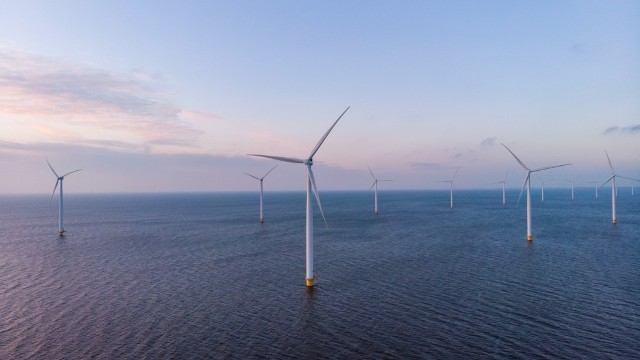The global wind energy sector is poised for significant expansion over 2025-2030, with onshore wind capacity expected to rise 45 percent, reaching 732 GW, according to the IEA’s Renewables 2025 report.
Despite challenges such as supply chain bottlenecks, inflation, and long permitting and grid connection timelines, policies in both advanced and developing economies are supporting continued growth. Annual onshore wind additions are projected to increase not only in Europe and India, but also across Africa, the Middle East, ASEAN countries, Latin America, and Eurasia, IEA’s Renewables 2025 report indicated.
Offshore Wind Expansion Slower Than Expected
Offshore wind is set to add 140 GW over the forecast period, more than doubling growth from the previous five years. The market is projected to grow from 9.2 GW in 2024 to over 37 GW by 2030, with China contributing nearly 50 percent of the increase. Europe is expected to reach 14.6 GW annually by 2030. However, global offshore wind growth has been revised down by 27 percent due to US policy changes, macroeconomic pressures, and supply chain constraints, leading to undersubscribed auctions and project cancellations in Europe and Japan.
Regional Forecasts and Revisions
The United States faces a sharp downward revision of nearly 50 percent across all technologies except geothermal, reflecting the phase-out of tax credits, new FEOC restrictions, and suspension of federal offshore wind leasing. Onshore and offshore wind capacity growth in the US is cut by nearly 60 percent (57 GW), while solar PV is revised down by almost 40 percent.
China’s wind and solar PV forecasts are lowered by 5 percent, a reduction of 129 GW, primarily due to changes in contracts and provincial pricing benchmarks, even as wind and solar remain the lowest-cost generation options.
Conversely, forecasts for India, ASEAN, and the Middle East have been revised upward. India’s forecast grows by nearly 10 percent, driven by record onshore wind auctions, rooftop PV schemes, and faster permitting for pumped-storage hydropower. Saudi Arabia and other Middle Eastern markets are contributing to a 23 percent upward revision. Similarly, ASEAN countries are benefiting from faster hydropower implementation and new auction schemes.
Europe sees a slight increase in utility-scale solar PV in Germany, Spain, Italy, and Poland, but lower retail electricity prices and reduced incentives are limiting residential deployment. Offshore wind in Europe is revised down 24 percent, as supply chain issues and higher costs lead to cancelled projects.
In Latin America, high retail prices are driving distributed solar PV growth, though curtailment risks are affecting wind and utility-scale projects. Sub-Saharan Africa faces minor downward revisions due to delays in solar PV auctions and geothermal timelines.
Outlook
Despite policy and supply chain uncertainties, global wind energy remains a key pillar of the renewable energy transition. Strong onshore wind growth across emerging markets, combined with continued offshore expansion, highlights the sector’s resilience. Regional variations reflect the critical role of policy support, auctions, and grid planning in enabling wind power deployment worldwide.
Baburajan Kizhakedath

